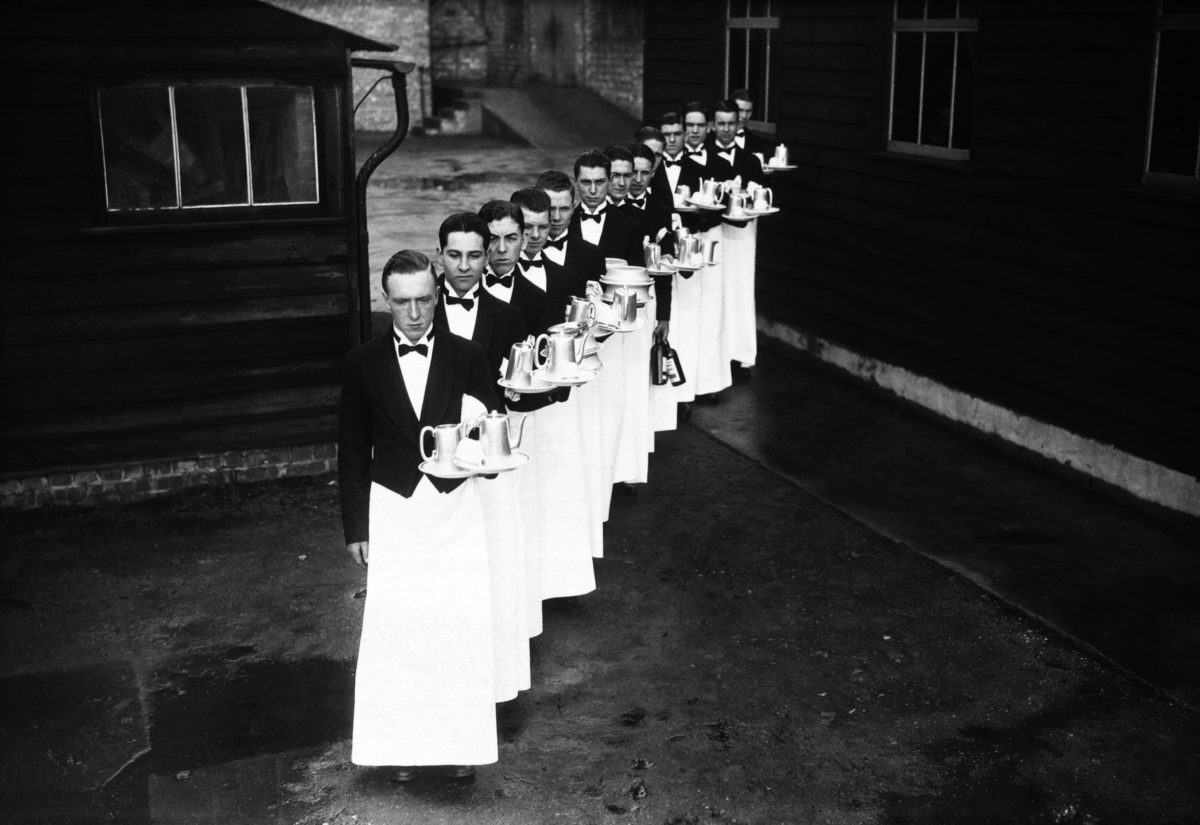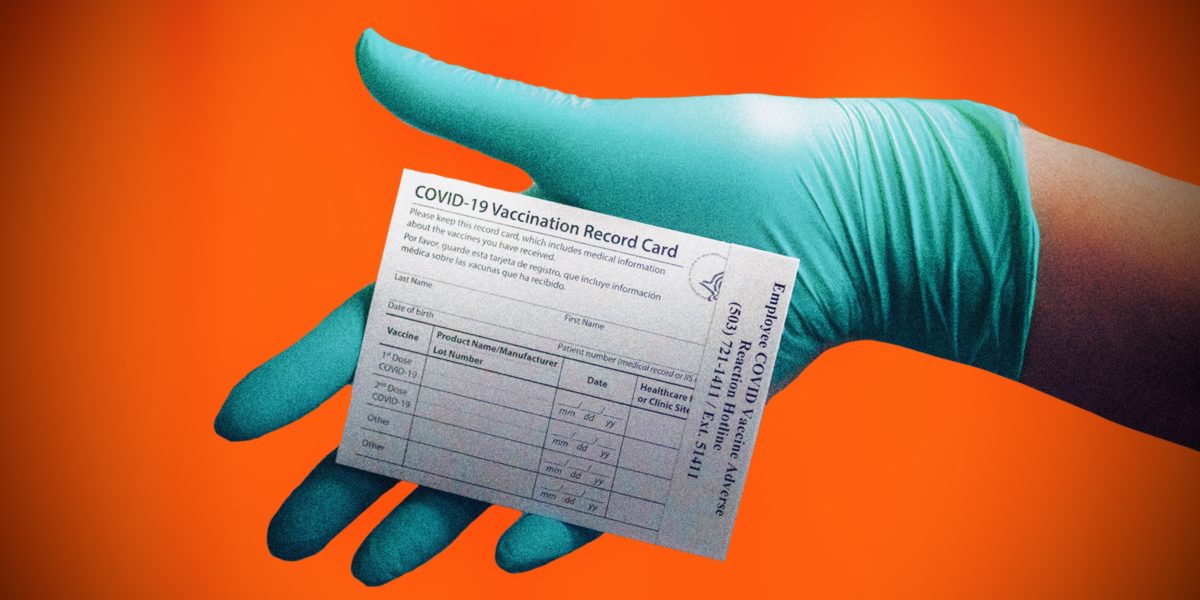Talking back to guests is a cardinal sin in the service industry. Even in the face of the most meritless grievances, we’re trained to show deference. We’re taught to “kill them with kindness,” no matter how entitled they behave or how ungrateful they may be of our accommodation. But no one ever explains why the aggrieved parties need to “die” at the hands of our elevated concern, or why this bloodless, psychological warfare always inflicts more damage on the servers than the served. Our silence always hides the pain.
It’s arguably the hardest part of the job: You’re required to be nice to people who don’t deserve it. Kitchen staff notoriously resent servers for making more money, but most cooks still relish in never having to interact face-to-face with slovenly guests. By definition, front-of-house are pacifists. “It comes with the territory,” they’ll say—imperialist territory settled long ago where working class people are powerless to defend themselves against the privileged.
These social constructs—rooted in colonialism, misogyny, and racism—have always plagued service jobs, making it unacceptable for a server to challenge a paying guest’s authority. One thing that will never change about restaurant work: If you’re unable to remain stoic in the face of disrespectful guests, then your employment in the service industry is untenable. That’s just a fact.
I’ve written about these kerfuffles before—including one story where I followed a table of businessman outside of the restaurant after they didn’t tip me. Over the course of two hours, I’d guided them through the menu and offered erudite recommendations; service was seamless. When I dropped the check, they asked me to summon the attractive young hostess at the door (their words) to minister their game of credit card roulette, where everyone puts their credit cards into a pile, and someone selects one at random to pay the check. “I’m the guy to talk to about bringing food and drinks not pretty girls,” I joked awkwardly. They continued to press the issue, and I refused to be complicit. They left unhappy, feeling spurned, because I wasn’t willing to play along with their silly game and decided unanimously to leave me no tip on an $800 dollar check, split evenly on four corporate cards.

I decided to speak up for myself, something I was trained not to do. When I confronted them on the street, I asked if they were disappointed with my service. They said yes. I asked if it was because I didn’t summon the pretty hostess for them. Yes again. I told them I found it offensive that they thought brokering female attention was part of my job. They grumbled off and climbed into their Uber black car. I stood on the street, still without a tip, but feeling like at least I’d recovered some shred of dignity.
As expected, my manger’s primary concern was how the owner would react to news of a staff member offending guests by questioning a tip, no concern about the fact that his staff had been disrespected. Difficult guests are always treated like collateral damage, like statistical outliers that must be tolerated regardless of the extent of the damage they inflict. People are dicks, and sometimes the dicks sit in your section.
What I’ve learned through these confrontations—the majority of which I’ve walked away from peacefully—is that some guests enjoy taking advantage of a tipped worker’s impotence when it comes to questioning authority. I vividly remember another protracted argument with a guest who insisted that his well done filet mignon should have been juicier. After delivering an impassioned dissertation on how to properly cook a well done steak, he demanded that the chef come to the table to examine his arid beef, as if the chef had nothing better to do in the middle of service than attend his Masterclass on meat temperatures.
When a situation spirals out of control, the server is expected to call for managerial support. It’s something that’s never settled right with me about resolving conflict in restaurants. Why should waiters have to run and tell mommy and daddy every time a guest mistreats them? Bullies exploit their victims’ weaknesses, and they don’t respect tattletales. Restaurant staff are trained that the moment you lose your cool, you’ve let the guest win. But what if we didn’t think about it in terms of winning or losing but instead as a matter of dignity over degradation? There is no honor in allowing people to disrespect you.
The evolution of this hospitality dogma, rooted in unicorn ideology like the “enlightened” brand peddled by the Danny Meyer School and its disciples, equates service with salvation. But restaurants exist in a different world today, and continuing to obsess about making every guest experience “soigné” is not only unrealistic, but it’s also taking its toll on the mental health of our workforce. Too many restaurants allow themselves to be held hostage by their own piety.
In the aftermath of the pandemic, we need to shift toward a more mindful paradigm of what defines great service, one that values the well-being of the people providing it as much as it does the guest experience. This necessitates a more authoritative approach toward policing guests’ behavior, like enforcing masking or vaccination mandates, for example. The industry should normalize staff speaking up for themselves calmly and constructively, even when guest interactions become turbulent. Killing these guests with kindness only incentivizes bad behavior.

Every restaurant has a handful of difficult guests, serial perpetrators of mischief that are universally reviled; they send food back, complain about the music, make absurd requests of the kitchen, and condescend to the staff. Even when those people are repeatedly untoward, management will still decide that accommodating them is worth the anguish its causes the staff every time they visit.
If management refused to accommodate unappreciative or abusive guests, it would send a strong message to the staff that it needn’t be a punching bag for inconsiderate customers. Sadly, workers are more often treated like children by management, in the same way that some parents never let their children speak for themselves. Restaurant owners have historically regarded staff welfare as a secondary concern. If a staff member offends someone by speaking up for him or herself, management is more likely to punish that employee than audit the conduct of the guest.
This past year has been filled with epiphanies, but one I’ve had recently is that we need to start empowering restaurant workers to resolve their own conflicts with guests, management, and even owners. Working in a restaurant shouldn’t necessitate powerlessness. Staff are expected never to criticize the owners, even when they institute unfair policies or treat staff inhumanely. We can never engage in confrontation with guests, even if provoked. Silence is part of the job. But maybe that explains, at least in part, why the industry is having trouble recruiting staff. A year of autonomy has made a lot of people reconsider whether the terms of working in a restaurant are agreeable anymore. Many of us have determined we’d rather work in an environment where we don’t feel bridled, where we can comfortably speak up ourselves, and where kindness doesn’t involve having to kill anyone.



